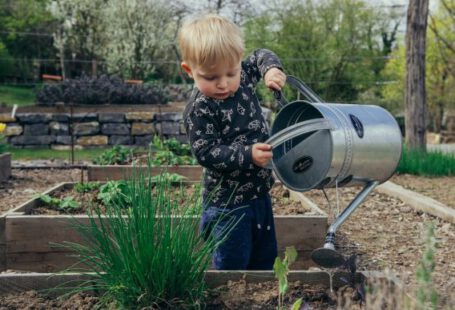Gardening can be a rewarding and enjoyable hobby, but it also comes with its fair share of challenges. One of the biggest challenges gardeners face is dealing with pests. These pesky creatures can wreak havoc on our plants, causing damage and frustration. However, understanding how seasonal changes affect garden pests can help us better manage and control them. In this article, we will explore the ways in which seasonal change impacts garden pests and discuss some strategies for keeping them at bay.
Spring: The Awakening of Pests
As the weather warms up and plants begin to bloom, garden pests also come out of hiding. Spring is a time of awakening for many insects, as they emerge from their dormant state and start looking for food and mates. Aphids, for example, are common garden pests that become active in the spring. These tiny insects feed on the sap of plants, causing leaves to curl and distort. Other pests like slugs and snails also become more active in the spring, feeding on tender new growth.
To combat these pests in the spring, it is important to be proactive. Regularly inspect your plants for signs of infestation and take preventative measures such as using organic pest control methods or introducing beneficial insects like ladybugs or lacewings that feed on aphids.
Summer: Pests in Full Swing
Summer is prime time for garden pests. The warm temperatures and longer days provide the ideal conditions for their reproduction and growth. Common pests such as caterpillars, beetles, and spider mites are at their peak during this season. These pests can rapidly multiply and cause significant damage to our plants if left unchecked.
To keep pests in check during the summer, it is crucial to practice good garden maintenance. Regularly water and fertilize your plants to promote their health and resilience. Implementing mulch and proper spacing between plants can also help reduce pest populations by creating a less favorable environment for them to thrive.
Fall: The Decline of Pests
As the temperatures begin to cool and daylight hours shorten, garden pests start to decline. Many insects and pests enter a period of hibernation or die off altogether. However, certain pests like aphids and whiteflies can still be active during the fall, especially in warmer regions.
During the fall, it is important to clean up your garden and remove any debris or decaying plant material. This will help eliminate potential hiding places for pests and reduce the risk of overwintering larvae. Applying a layer of mulch to protect the soil and insulate the roots can also help prepare your garden for the colder months ahead.
Winter: Pest-free (or Almost)
Winter is a time of relative peace for gardeners, as many pests become dormant or die off. However, some pests are still active during this season, particularly those that can withstand colder temperatures. Examples include certain species of mites, aphids, and scale insects.
To protect your garden during the winter, it is important to take preventive measures. Applying dormant oil sprays to your plants can help suffocate overwintering pests and their eggs. Additionally, practicing good sanitation by removing fallen leaves and debris can help eliminate potential hiding places for pests.
In conclusion, seasonal changes have a significant impact on garden pests. Understanding the behavior and life cycles of these pests can help us better manage and control them throughout the year. By being proactive, practicing good garden maintenance, and implementing preventive measures, we can minimize the damage caused by pests and enjoy a thriving garden all year round.





